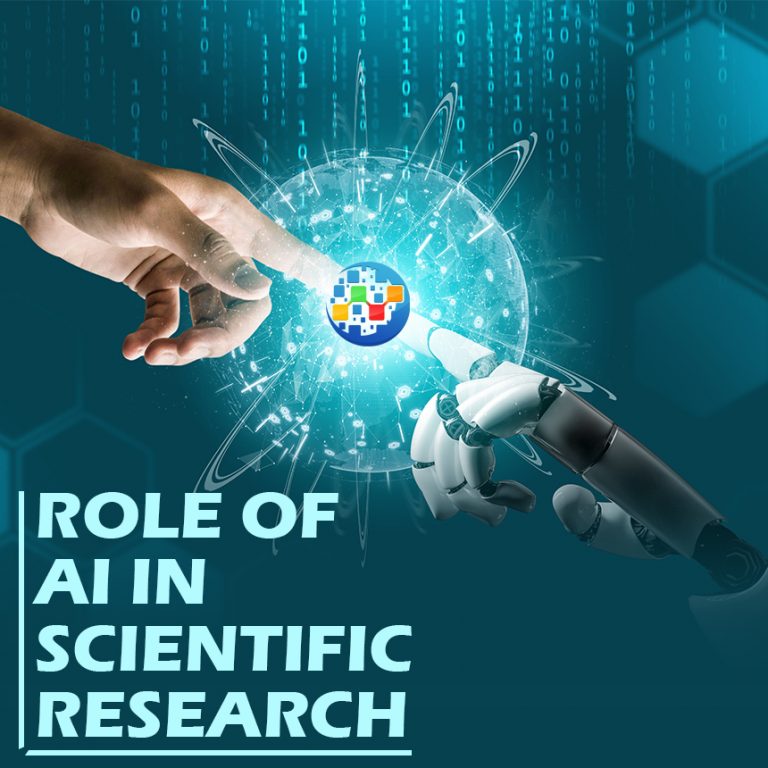
It’s not surprising to hear that the age of artificial intelligence has begun in the data centers. The use and applications of technology are growing exponentially across distinct industries. Artificial intelligence and deep learning help experts in image recognition think about the process and make to work better for the future use of the disrupting technology.
AI is creating waves in the physical security landscape, with industries wholeheartedly adopting these technologies at the industry’s major trade shows. With all the hype, security experts are eager to know what these terms (AI and Deep Learning/Machine Learning) mean, and how technology applications can enhance real-world security system performance, and how the AI development team can work on these applications.
Let us see how Artificial Intelligence is used in data centers
Machine learning and artificial intelligence are believed to be a cure-all for everything in line with data. AI-driven strategies are already bringing drastic changes in the various fields. One of those fields is data center physical security, where machine learning and artificial intelligence are making a difference in 3 significant areas – image recognition, sound recognition, predictive analysis, anomaly detection.
Transformation in Image and Sound Recognition
Image recognition is one of the significant achievements fueled by AI, and the technology is inspiring everyone across the industry. The same goes for sound recognition. These technologies can be improved when they are embedded in AI analytics and machine learning. For example, large data centers with unique security needs will require several commercial and open-source image recognition systems and training. AI with image recognition systems can help these data centers by analyzing and running extensive algorithms and training people who can work on the image recognition system’s data to tackle all the security issues in place.
Leveraging Predictive Analytics
Pattern recognition is known for its significant application, i.e., predicting events. This can be a valuable tool in data centers apart from image recognition, where its capability can be used for predictive maintenance. For example, suppose a part of the device says a wire or a circuit board. In that case, it is heated up, and AI analytics using a pattern recognition system can give a distress signal and request service before it leads to a significant hazard.
As of now, predictive AI analytics and image recognition are only being used in maintenance, but a few vendors focus on technologies that can help them identify security problems before it occurs. Soon, predictive security methods will be broadly implemented and made available as inexpensive and easy to set up models in all the data centers where the AI development team can efficiently work on the given data.
Enhancement of Anomaly Detection
One of the most practical applications of AI and machine learning is in anomaly detection. The machine learning model can be trained based on the pattern recognition system’s data, identifies common patterns, and then looks for strange events that don’t align with the patterns. For example, if only a few personnel are given access to a particular facility, and if there is a visible increase in people’s count of that place, the AI analytics system can identify the surge in the number of people. This system will alert the person in charge that something suspicious is going on in that particular facility.
AI in Particle Catalyzing the Process of Discoveries in Particle Physics
Many researchers and field experts at MIT have shown that AI can simulate nuclear physics in theoretical physics. Pattern recognition leads them to create faster algorithms and, thus, faster discoveries. Researchers have made this possible by combining AI models and pattern recognition to speed up creating samples that simulate the working of protons, neutrons, and nuclei in a particular model.
FPGA- Accelerated Machine Learning Inference
A Sophisticated new system of machine learning such as Field Programmable Gate Arrays (FPGAs) offers a peek at the ground-breaking role of the technology of future discoveries in particle physics. The evolving applications of AI analytics and ML algorithms will be used in various aspects of particle physics. The AI development team mainly performs methods such as simulation, analysis, and reconstruction on such platforms.
For example, a powerful accelerator – Large Accelerated Collider (LHC) creates up to 40 million collisions per second. It takes powerful computers to analyze and identify those collisions from such massive amounts of data using pattern recognition. Machine learning and AI development teams can offer interesting information on how these particles interact and help scientists and researchers move forward with their studies while minimizing the overall effort.
In Conclusion
With the abilities gained by AI, scientists and research experts can automate most of their efforts to achieve goals in their field of study. Several manufactures and data security experts have predicted that AI analytics and deep learning could provide a unique approach to analyzing human behavior. These technologies allow them to monitor and predict conflicting events using image recognition systems. To achieve more remarkable outcomes in data center security and particle physics discoveries, security managers and researchers should put some effort into outlining an ethical framework ahead of time and build a good AI development team.



Susie McCrea
4 years ago
Romola Hodas
4 years ago
STEMLER JÁNOS
4 years ago
Lewis
4 years ago